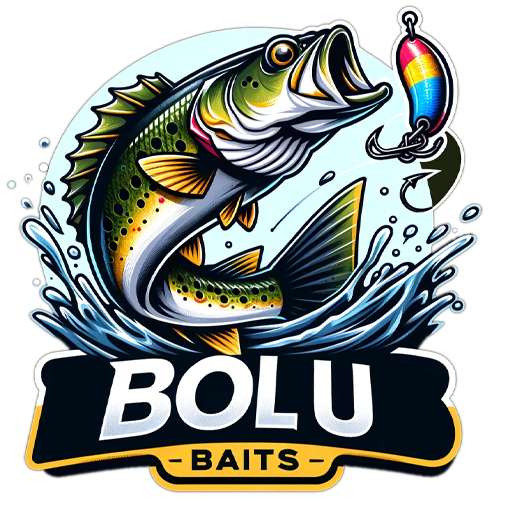- Call : +1 647 473 9040
- Email: Service@Bolulubaits.com
- Submit Your Stories

Crappie, with their delicate taste and spirited fight, are a favored catch among freshwater anglers. These panfish, coming in two varieties – white and black crappie – provide year-round fishing opportunities and are accessible to both novice and experienced fishermen. Whether you’re enjoying a peaceful afternoon by the water or seeking a bountiful haul, understanding the ins and outs of crappie fishing can greatly enhance your experience. Here’s everything you need to know to successfully catch crappie.

Crappie are known for their distinctive silvery-green to black bodies dotted with black spots. The key differences between white and black crappie are in their markings and fin structures. White crappie have vertical bars running down their bodies, while black crappie are speckled with black spots. Both species feature large dorsal fins with a high number of spines – black crappie have 7 or 8, and white crappie have 5 or 6. On average, crappie measure about 5 to 12 inches long and weigh 1 to 2 pounds, though larger specimens are not uncommon.
Crappie are widespread across North America, thriving in the freshwater lakes, reservoirs, and river systems of all 48 contiguous United States. They are particularly abundant in the Midwest and Southern states, where they are a staple of local fishing cultures. Due to their adaptability to various freshwater habitats, crappie can be found in a wide range of environments, from large, deep reservoirs to small, shallow ponds.
The ideal times to fish for crappie are during the early morning and late evening hours, when they are most active. Spring and fall offer the best fishing conditions, especially during the spawning season in the spring when crappie move into shallow waters, making them easier to locate and catch. However, crappie can be caught year-round, with ice fishing for crappie being a popular winter activity in northern states.
Crappie prefer waters with little current and abundant cover, such as submerged timber, brush piles, weed beds, and dock pilings. These structures offer protection and serve as excellent feeding areas for crappie. In the spring and fall, crappie are found in shallower waters, while during the summer and winter, they tend to migrate to deeper areas but still near their preferred structures.
Light tackle is best suited for crappie fishing due to their relatively small size and delicate mouths. A light to ultralight rod with a spinning or spincast reel, paired with 4-6 pound test line, offers the sensitivity needed to detect light crappie bites. Small jigs (1/16 to 1/8 ounce) are among the most effective lures, especially when tipped with a minnow or artificial crappie nibbles. Minnows are the bait of choice for many crappie anglers, either fished alone or used to enhance the attractiveness of a jig. Other effective baits include small crankbaits, spinners, and soft plastics that mimic small fish or insects.

Crappie fishing is a rewarding activity that appeals to anglers of all levels for its simplicity, accessibility, and the joy of the catch. By mastering the basics of identifying crappie, understanding their habits and habitats, and employing effective lures, baits, and tackle, you’re well on your way to enjoying successful crappie fishing adventures. Whether you’re seeking a quiet day of fishing or the excitement of a plentiful catch, crappie fishing offers something for everyone. Happy fishing!
Bolulu Baits welcomes submissions on fishing spots and techniques, and you can also share your fishing achievements with us.

Find out where the latest fishing spot people shared! Find out where to catch your favorite fish species and fishing tips,and more, at your fingertips.